Cooling System In Greenhouse CFD Simulation, ANSYS Fluent Training
Cooling System In Greenhouse CFD Simulation, ANSYS Fluent Training
- Upon ordering this product, you will be provided with a geometry file, a mesh file, and an in-depth Training Video that offers a step-by-step training on the simulation process.
- For any more inquiries regarding the product, please do not hesitate to reach out to us at info@CFDLAND.com or through our online support assistant.
€105.00 Original price was: €105.00.€85.00Current price is: €85.00.
Have you ever wondered how delicate plants survive the scorching summer heat inside glass buildings? Greenhouse cooling systems represent one of the most critical components in modern controlled environment agriculture, ensuring optimal growing conditions year-round regardless of outdoor temperatures. When summer sun beats down on a greenhouse structure, internal temperatures can quickly rise to dangerous levels that damage crops and reduce yields without proper climate control mechanisms in place. Furthermore, sophisticated greenhouse HVAC designs now incorporate advanced airflow management techniques that ensure uniform temperature distribution throughout the growing space. Additionally, modern CFD simulation tools allow engineers to predict exactly how cooling system components will perform before construction begins, optimizing every aspect from ventilation rate to pad placement. This critical thermal management technology makes year-round cultivation possible in otherwise hostile climates, supporting global food security through enhanced crop production capabilities. Moreover, energy-efficient greenhouse climate control systems significantly reduce operational costs while maintaining ideal plant growth environments that maximize both yield and quality across diverse crop varieties. This CFD study is conducted based on the reference paper “ Modeling and optimal design of evaporative cooling system in controlled environment greenhouse “.
- Reference [1]: Jain, Dilip, and Gopal Nath Tiwari. “Modeling and optimal design of evaporative cooling system in controlled environment greenhouse.” Energy Conversion and Management16 (2002): 2235-2250.
Figure 1: Schematic of the greenhouse
Simulation Process
As illustrated in Figure 1, the central height is 3m, and the heights of the north and south walls are 3m and 2m, respectively. To cool the greenhouse during the summer, a cooling pad is installed on the west wall, and two fans are placed on the east wall. It is provided a smooth cold flow that transmit through a porous system. The greenhouse is placed in a specific geographical coordination that is defined in Solar Ray Tracing properties. The enable of this module needs use of Discrete Ordinates (DO) radiation model. The convective heat transfer with the hot outdoor surroundings is included.
Post-processing
The numerical simulation results of velocity distribution within the greenhouse structure provide critical insights into the airflow patterns generated by the cooling system. Figure 2 presents cross-sectional contours revealing the spatial velocity magnitude distribution throughout the greenhouse environment. The simulation successfully resolved the heterogeneous velocity field with magnitudes ranging from approximately 0.0 to 0.7 m/s. Regions of elevated velocity (0.4-0.7 m/s), represented by green-yellow contours, are predominantly concentrated near the cooling pad inlet and ventilation fans, forming distinct jet-like structures. These high-velocity regions gradually dissipate into lower velocity zones (0.0-0.2 m/s), shown in blue, as airflow progresses through the greenhouse cavity. The velocity contours further demonstrate significant spatial variations in different cross-sectional planes, indicating the presence of three-dimensional flow development influenced by the geometric configuration of the structure and the pressure gradients established between inlet and outlet boundaries.
Figure 2: Velocity magnitude contours on cross-sectional planes within the greenhouse structure, displaying spatial distribution of air velocities
The three-dimensional flow characteristics within the greenhouse environment are further elucidated through streamline visualization in Figure 3. The analysis successfully captured the complex recirculation patterns essential for effective thermal management and air exchange processes. The streamlines, colored by velocity magnitude, illustrate the intricate pathways of air particles as they navigate through the greenhouse space, revealing significant flow complexity including vortex formation and secondary circulation zones. Higher velocity streamlines (0.6-0.8 m/s), depicted in yellow-green, demonstrate the primary ventilation pathways from the evaporative pad to the exhaust fans, while lower velocity streamlines (0.0-0.3 m/s), shown in blue, indicate regions of reduced air movement where thermal stratification may potentially develop. This comprehensive characterization of the airflow distribution provides fundamental data for optimizing greenhouse cooling efficiency through strategic placement of cultivation areas and potential modification of the ventilation system configuration to enhance climate uniformity throughout the growing space.
Figure 3: Radiation absorbed by the soil of greenhouse
We pride ourselves on presenting unique products at CFDLAND. We stand out for our scientific rigor and validity. Our products are not based on guesswork or theoretical assumptions like many others. Instead, most of our products are validated using experimental or numerical data from valued scientific journals. Even if direct validation isn’t possible, we build our models and assumptions on the latest research, typically using reference articles to approximate reality.
Yes, we’ll be here . If you have trouble loading files, having technical problems, or have any questions about how to use our products, our technical support team is here to help.
You can load geometry and mesh files, as well as case and data files, using any version of ANSYS Fluent.
€175.00 Original price was: €175.00.€145.00Current price is: €145.00.

€195.00 Original price was: €195.00.€135.00Current price is: €135.00.

€210.00 Original price was: €210.00.€155.00Current price is: €155.00.

€110.00 Original price was: €110.00.€65.00Current price is: €65.00.

€110.00 Original price was: €110.00.€85.00Current price is: €85.00.

€280.00 Original price was: €280.00.€145.00Current price is: €145.00.



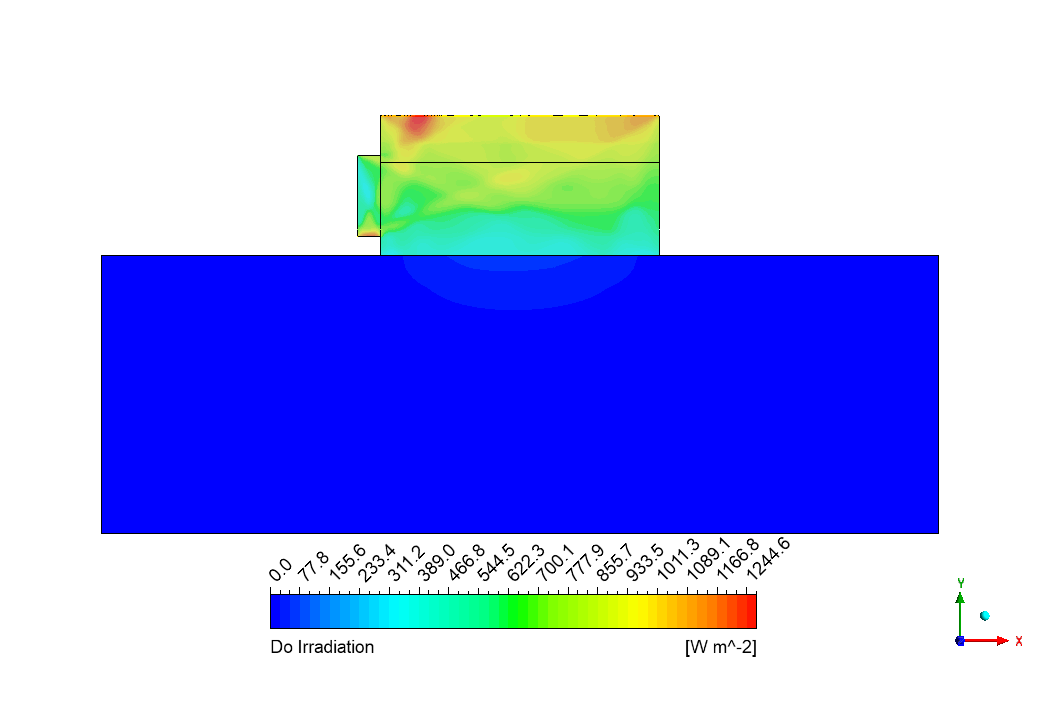
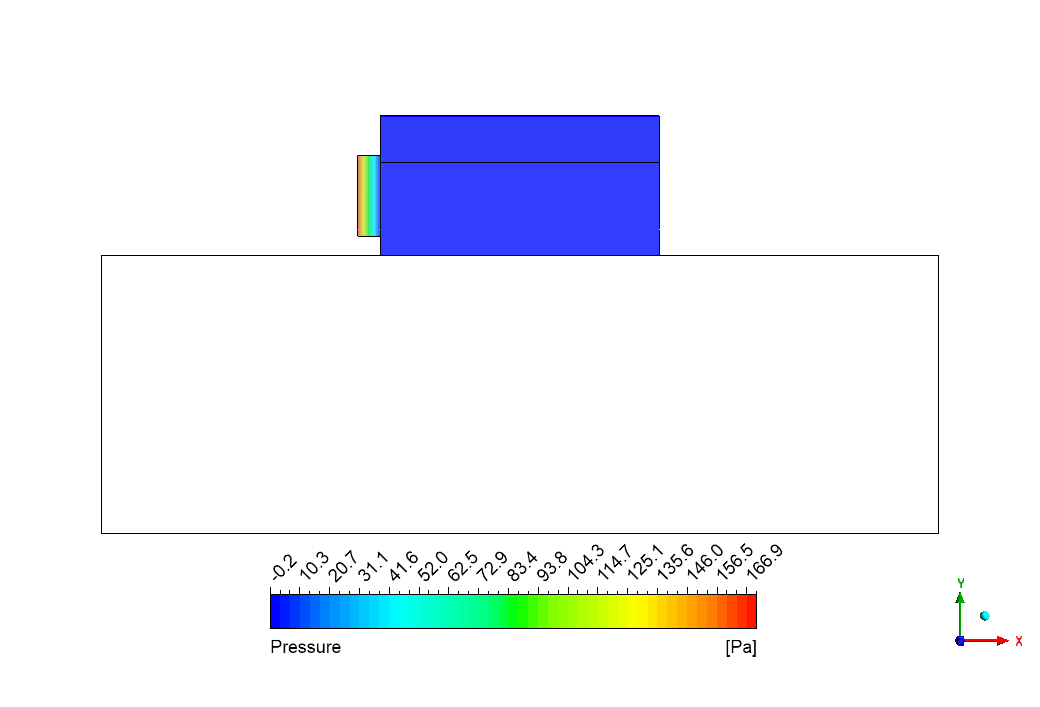
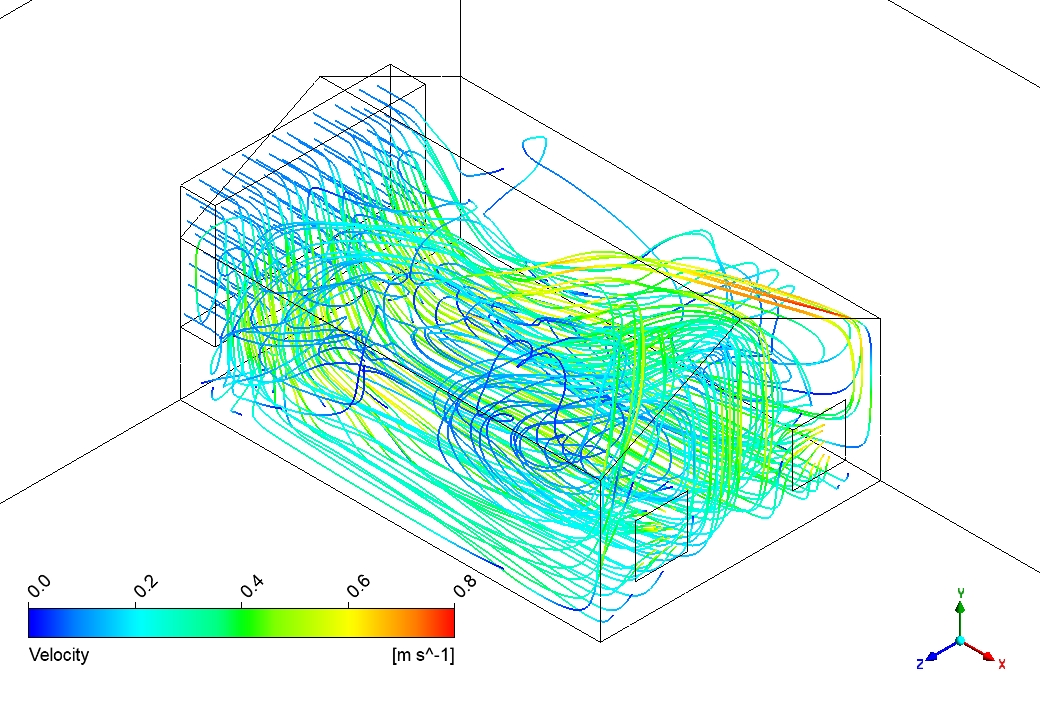
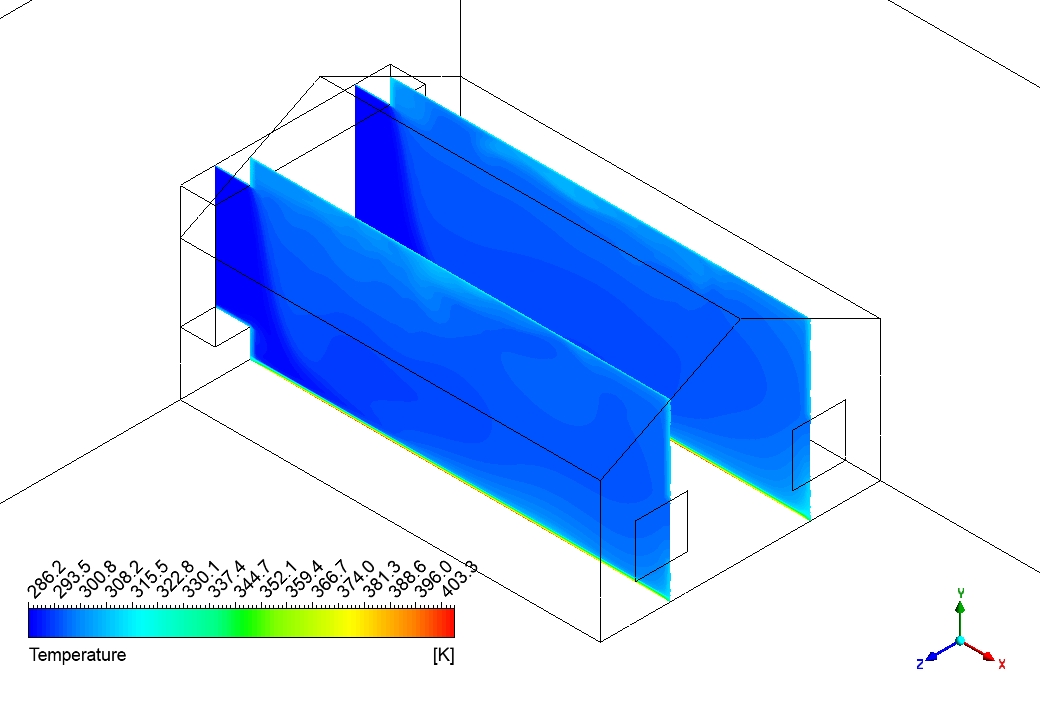
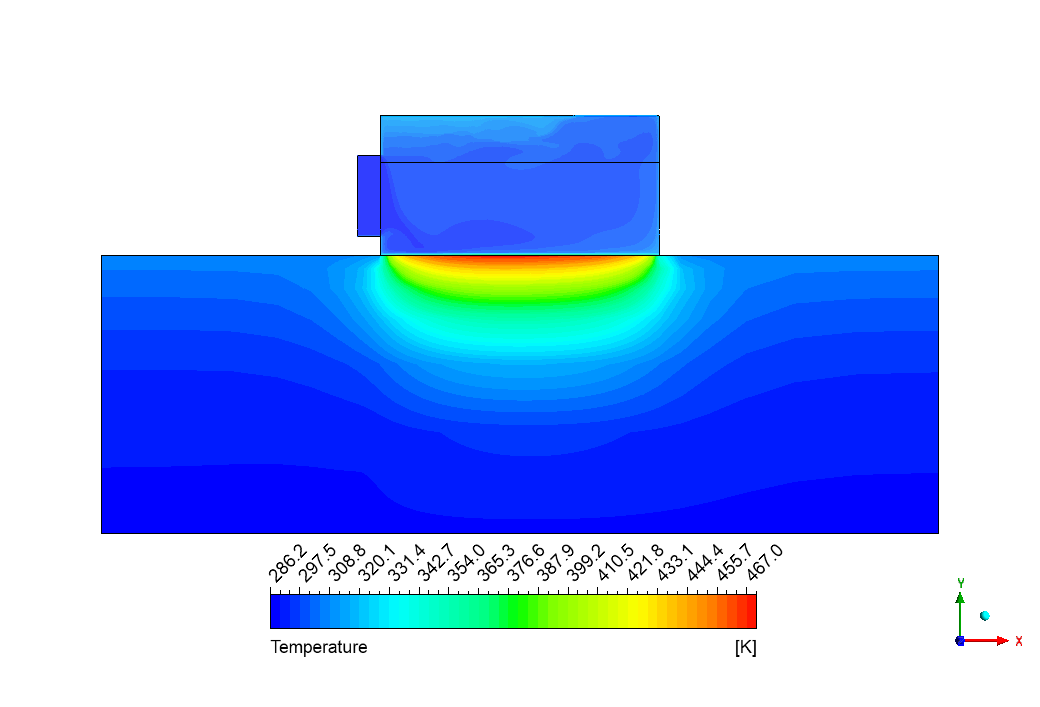
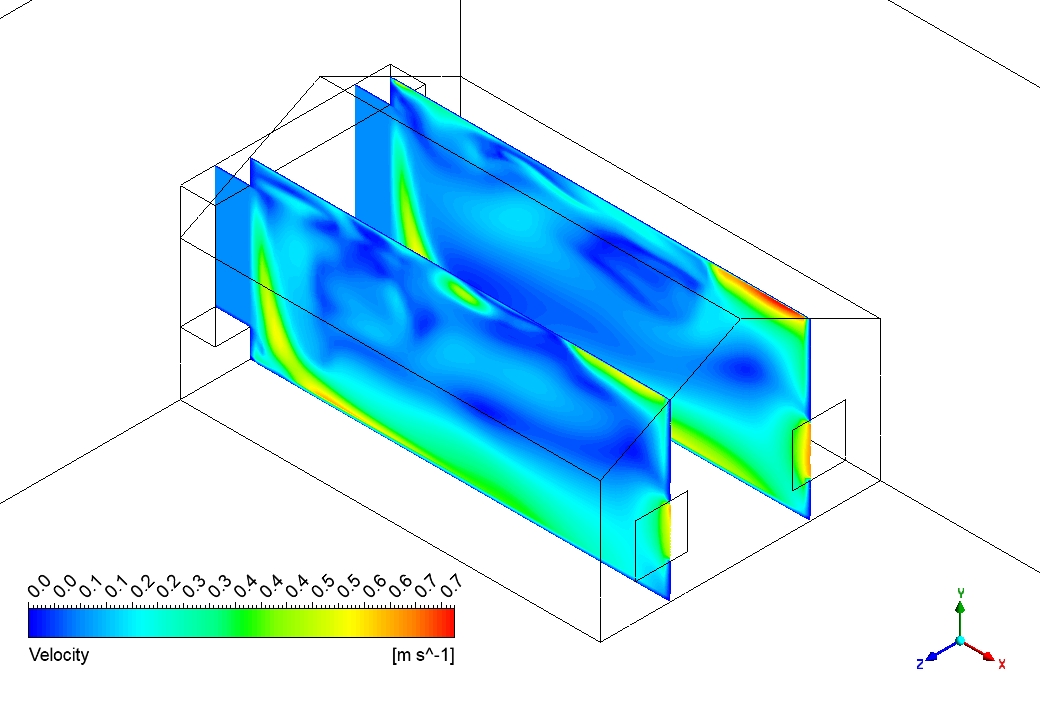
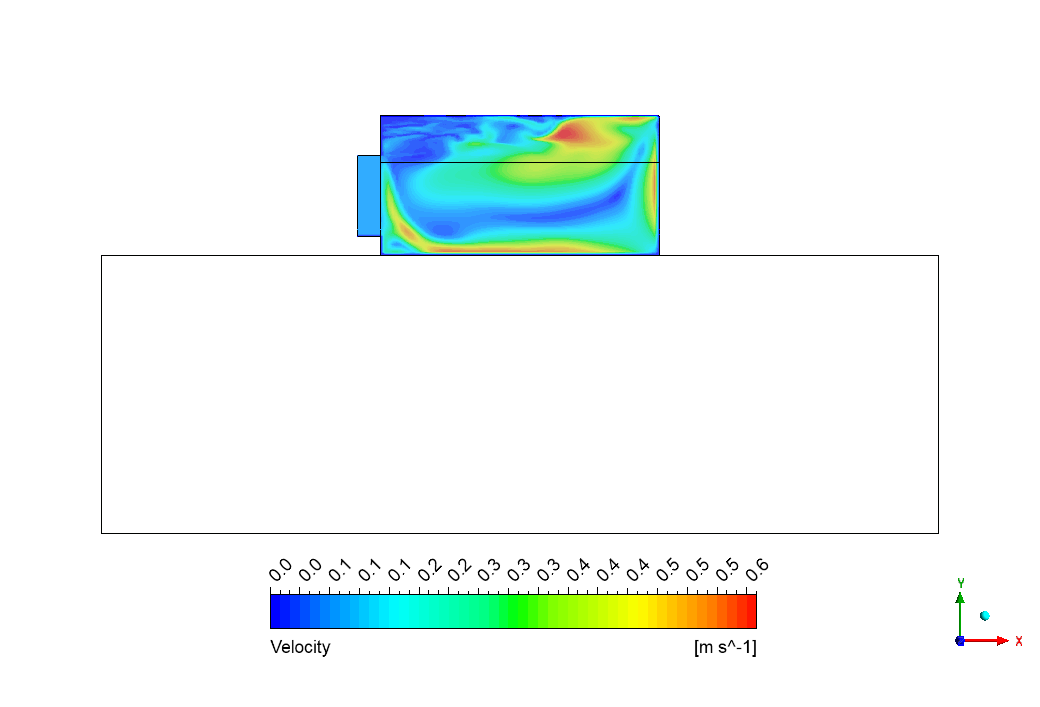
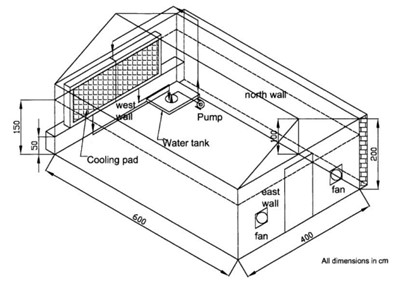
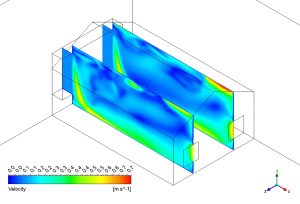

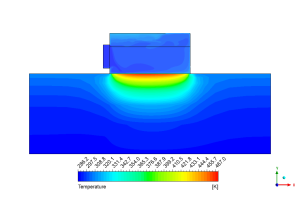







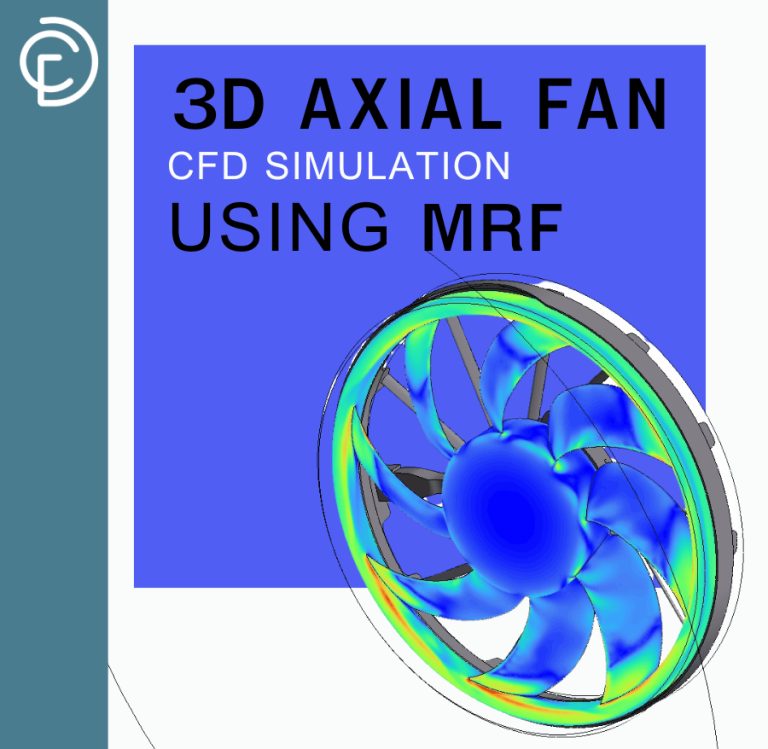
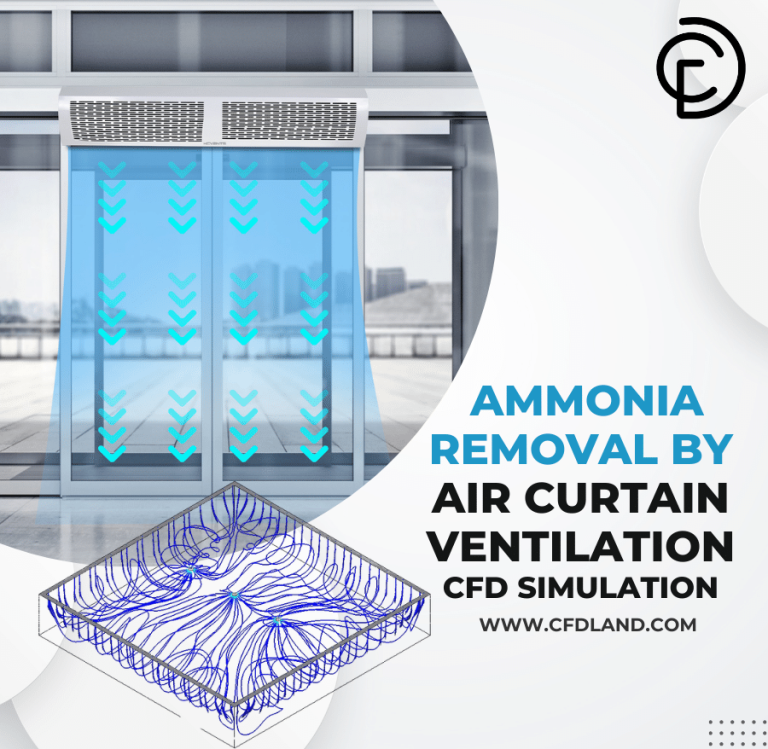

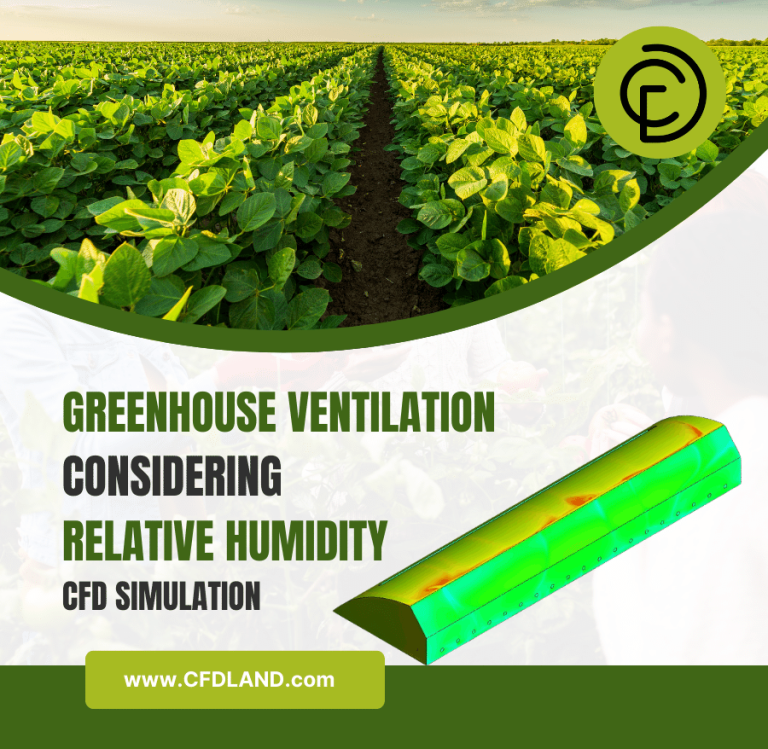
Reviews
There are no reviews yet.